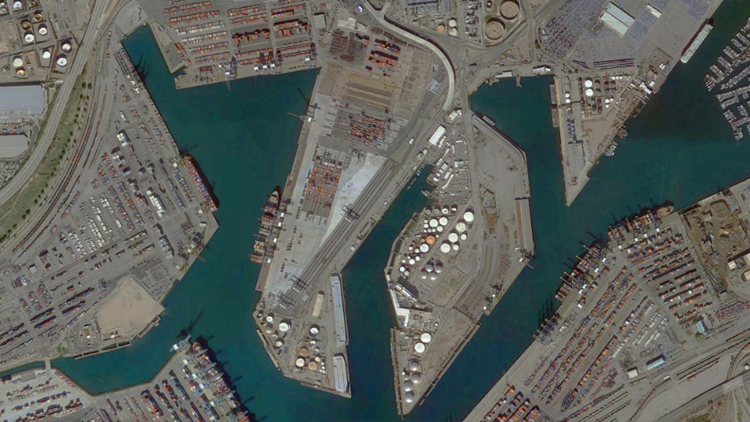The Challenge
Zoning is the primary legislative tool through which land use is locally governed in the United States. In Los Angeles, zoning and land use exert a fundamental influence on the production, consumption and delivery of energy. While recent state and local policy has sought to integrate land use and sustainability practices, these efforts do not acknowledge the full extent of land use policy’s influence on urban energy systems. Thus, this project comprehensively mapped a history of L.A. County zoning and building code ordinances over the past 150 years and evaluated their impact on L.A.’s urban energy systems and public health.
Results
- The Los Angeles Department of Water and Power (LADWP) operates with an annual generating capacity of over 7,460 megawatts from the following sources: 42% coal, 23% renewable, 17% natural gas, 10% nuclear and 4% large hydroelectric. Examples of notable problems relating the current energy supply and storage situation to land use regulation include:
- Hazard proximity in existing gas-fired generation, natural gas storage, oil extraction and oil refinement.
- Land use frameworks for the development of new modes of renewable energy production and storage.
- Management of safe industrial siting.
- Several existing city planning initiatives seek to address energy issues through land use, zoning, housing and transportation policy. Examples include but are not limited to:
- Los Angeles Sustainable City pLAn’s mobility, health and housing elements of the new General Framework. Though the plan raises the city’s sustainable goals for water and solar and contextualizes sustainable practice in land use planning, they manage urban energy incompletely through component parts such as transportation and housing and has no dedicated energy section.
- Clean Up Green UP ordinance addressing active mobility, greenhouse gas reduction, building energy efficiency, green jobs, climate preparedness and resiliency, etc. While the ordinance spotlights land use and zoning as a potentially powerful tool for environment protection, they do not have an energy-specific component.
- Land use and zoning alongside other civic efforts offer outstanding promise in renewable resource siting, energy resource management, environmental protection and long-range systemic urban energy planning. These should be approached through fee structures, allowability, conditionality and baseline zoning classifications which protect the public health and welfare. For instance, it is recommended that the City of L.A. Mayor’s Office and L.A. Department of City Planning to add dedicated energy planning staff focused on energy-related issues in land use and zoning in the future.
Deliverable and Impact
Alexander has published the Energy Zoning L.A. website to showcase her research. On the website, one can find an executive summary report as well as a policy paper. The website also contains a selection of high-quality maps and images relevant to historic and contemporary energy-related land use and zoning policies in Los Angeles. Alexander’s policy recommendations were shared with her mentor and L.A. Department of City Planning. The work products will help clarify the relevance of land use, planning and zoning to the ongoing development and functioning of energy production, consumption and delivery in Los Angeles.





